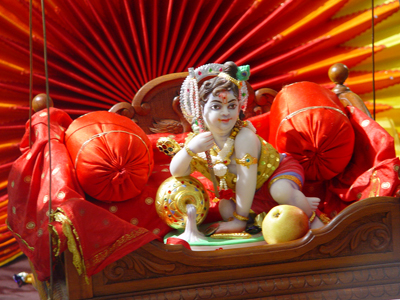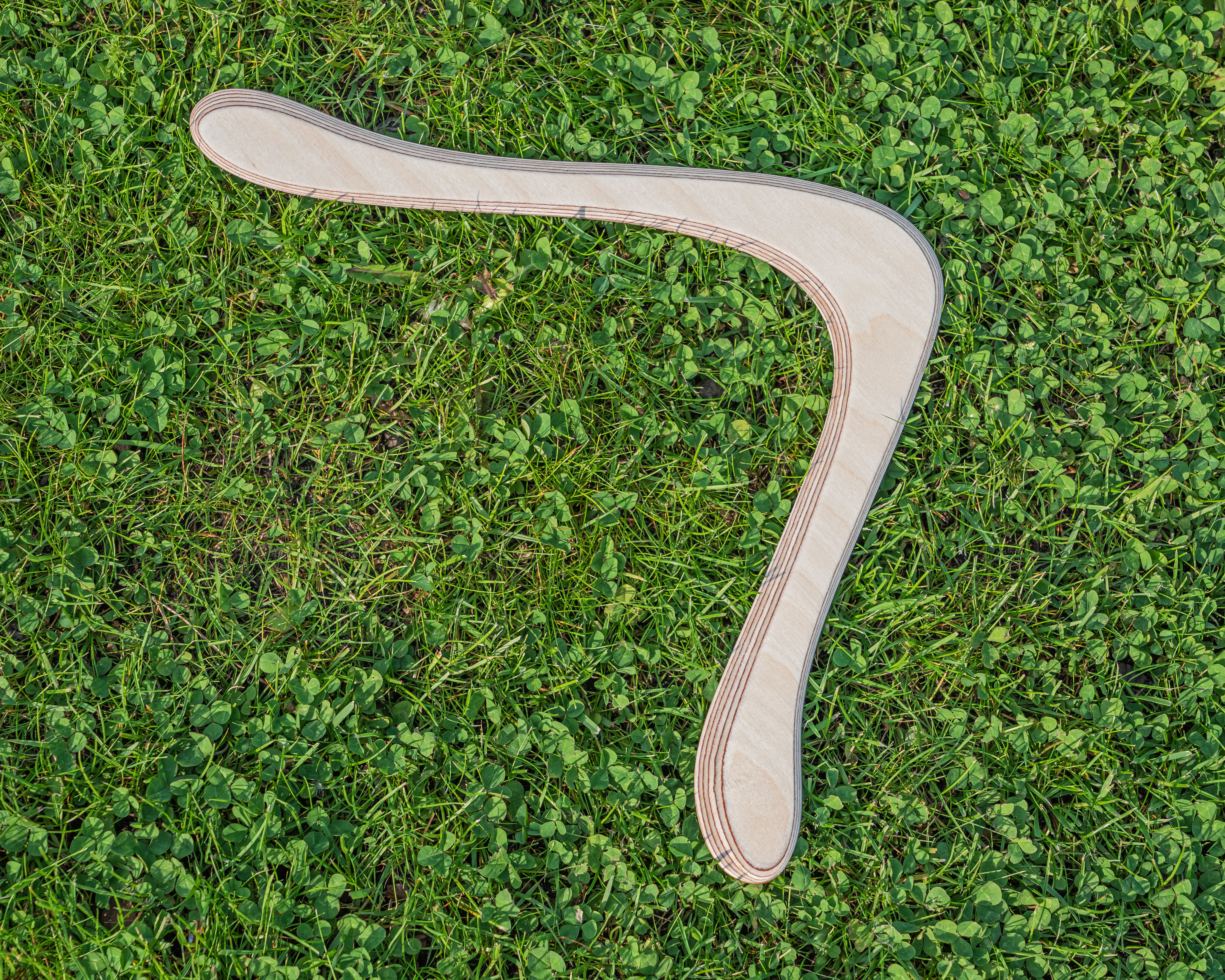|
Wind And Fire Wheels
Wind-and-fire wheels () are melee weapons, wielded as a pair, associated with Chinese martial arts such as baguazhang and taijiquan. Visually, they are similar to chakrams, although unlike chakrams they are not throwing weapons. Each wheel is a flat metal ring approximately 38 cm (about 15 inches) in diameter. One quarter-segment has a padded grip with a cross-guard; the other three segments have protruding flame-styled blades. With one wheel in each hand, the practitioner can slash, stab, parry, or disarm an opponent. In the mythological story '' Fengshen Yanyi'', the Immortal Taiyi gave Nezha a wind-wheel and a fire-wheel. These were stood on whilst chanting incantations, to serve as a magic vehicle. See also * Batarang * Boomerang A boomerang () is a thrown tool, typically constructed with aerofoil sections and designed to spin about an axis perpendicular to the direction of its flight. A returning boomerang is designed to return to the thrower, while a non-r ... [...More Info...] [...Related Items...] OR: [Wikipedia] [Google] [Baidu] |
Nezha
Nezha ( 哪吒) is a protection deity in Chinese folk religion. His official Taoist name is "Marshal of the Central Altar" (). He was then given the title "Third Lotus Prince" () after he became a deity. Origins According to Meir Shahar, Nezha is ultimately based on two figures from Hindu mythology. The first is a yaksha from the ''Ramayana'' named Nalakubar, the son of Yaksha King Kubera and nephew of the antagonist Ravana. The link to Nalakubar is established through variants in his Chinese name appearing in Buddhist sutras. The original variant Naluojiupoluo () changed to Naluojubaluo (), Nazhajuwaluo (), and finally Nazha (). The simple addition of the " mouth radical" () to Na () changes the name to the current form Nezha (). The second figure is the child god Krishna. Both Krishna and Nezha are powerful children that defeat mighty serpents, Kaliya in the case of the former and Ao Bing in the latter. The ''Bhagavata Purana'' describes how Nalakubar was rescued from imp ... [...More Info...] [...Related Items...] OR: [Wikipedia] [Google] [Baidu] |
Ancient Weapons
This is a list of historical pre- modern weapons grouped according to their uses, with rough classes set aside for very similar weapons. Some weapons may fit more than one category (e.g. the spear may be used either as a polearm or as a projectile), and the earliest gunpowder weapons which fit within the period are also included. Offensive weapons Melee weapons Hand or fist weapons and fans Single-handed weapons not resembling a straight dagger blade, usually wielded without wrist action; often protects the forearm. * Bagh nakha, tiger claws (Indian) * Brass knuckles, knuckle dusters (European) * Cestus, bladed cestus, caestus, myrmex, sfere (Mediterranean) * Deer Horn Knives (Chinese) * Emeici (Chinese) * Finger knife (African) * Gauntlet (European) * Indian parrying weapon * Japanese fan, iron fan * Katar, suwaiya (कटार) (Indian) * Korean fan, mubuchae (무부채), tempered birch fan * Larim fighting bracelet, nyepel (African) * Maduvu, buckhorn parrying ... [...More Info...] [...Related Items...] OR: [Wikipedia] [Google] [Baidu] |
Shuriken
A ''shuriken'' ( ja, 手裏剣; literally: "hidden hand blade") is a Japanese concealed weapon that was used as a hidden dagger or metsubushi to distract or misdirect. They are also known as throwing stars, or ninja stars, although they were originally designed in many different shapes. The major varieties of shuriken are the and the or . Shuriken were supplementary weapons to the sword or various other weapons in a samurai's arsenal, although they often had an important tactical effect in battle. The art of wielding the shuriken is known as shurikenjutsu and was taught as a minor part of the martial arts curriculum of many famous schools, such as Yagyū Shinkage-ryū, Tenshin Shōden Katori Shintō-ryū, Ittō-ryū, Kukishin-ryū, and Togakure-ryū. Bo-shuriken A ''Bo-shuriken'' is a throwing weapon consisting of a straight iron or steel spike, usually four-sided but sometimes round or octagonal in section. Some examples have points on both ends. The length ranges ... [...More Info...] [...Related Items...] OR: [Wikipedia] [Google] [Baidu] |
Makibishi
The term makibishi (撒き菱 or 撒菱) refers to the Japanese version of the caltrop. The tool (''igadama'') is a sharp spiked object that was used in feudal Japan to slow down pursuers and also was used in the defense of samurai fortifications. Description ''Makibishi'' was one of the items supposedly used by the ninja. It had six or eight pointed spikes. Iron ''makibishi'' were called tetsubishi while the ''makibishi'' made from the dried seed pod of the water chestnut formed a natural type of ''makibishi'' called tennenbishi. The term ''makabishi'' literally means "scattered water chestnut" in Japanese. Both types of ''makibishi'' could penetrate the thin soles of the shoes such as the waraji sandals that were commonly worn in feudal Japan when the ''makibishi'' was dropped on the ground or planted in advance. ''Makibishi'' could be carried in a bag attached to a belt along with other commonly carried weapons and/or tools such as ''shuriken'' and ''kaginawa''. ''Makibishi'' ... [...More Info...] [...Related Items...] OR: [Wikipedia] [Google] [Baidu] |
Kunai
A is a Japanese tool thought to be originally derived from the masonry trowel. The two widely recognized variations of the kunai are short kunai (小苦無 shō-''kunai'') and the big ''kunai'' (大苦無 ''dai-kunai''). Although a basic tool, in the hands of a martial arts expert, the ''kunai'' could be used as a multi-functional weapon. The ''kunai'' is commonly associated with the ninja, who used it to gouge holes in walls. Design A ''Kunai'' normally had a leaf-shaped wrought blade in lengths ranging from 20 cm to 30 cm and a handle with a ring on the pommel for attaching a rope. The attached rope allowed the ''kunais handle to be wrapped to function as a grip, or to be strapped to a stick as a makeshift spear; to be tied to the body for concealment; to be used as an anchor or piton, and sometimes to be used as the Chinese rope dart. Contrary to popular belief, ''kunai'' were not designed to be used primarily as throwing weapons. Instead, ''kunai'' were pri ... [...More Info...] [...Related Items...] OR: [Wikipedia] [Google] [Baidu] |
Chakram
Chakram ( sa, , script=latn; pa, , script=latn) is a throwing weapon from the Indian subcontinent. One of its major purposes is to protect the turban and the head from sword/melee attacks. It is circular with a sharpened outer edge and a diameter of . It is also known as chalikar meaning "circle", and was sometimes referred to in English writings as a "war-quoit". The Chakram is primarily a throwing weapon but can also be used hand-to-hand. A smaller variant called ''chakri'' is worn on the wrist. A related weapon is the ''chakri dong'', a bamboo staff with a chakri attached at one end. History The earliest references to the chakram come from the 5th century BCE Indian epics ''Mahabharata'' and ''Ramayana'' where the Sudarshana Chakra is the weapon of the god Vishnu. Contemporaneous Tamil poems from the 2nd century BCE record it as ''thikiri'' (திகிரி). Chakra-dhāri ("chakram-wielder" or "disc-bearer") is a name for Krishna. The chakram was later used extensively b ... [...More Info...] [...Related Items...] OR: [Wikipedia] [Google] [Baidu] |
Boomerang
A boomerang () is a thrown tool, typically constructed with aerofoil sections and designed to spin about an axis perpendicular to the direction of its flight. A returning boomerang is designed to return to the thrower, while a non-returning boomerang is designed as a weapon to be thrown straight and is traditionally used by some Aboriginal Australians for hunting. Historically, boomerangs have been used for hunting, sport, and entertainment and are made in various shapes and sizes to suit different purposes. Although considered an Australian icon, ancient boomerangs have also been discovered in Africa, the Americas, and Eurasia. Description A boomerang is a throwing stick with aerodynamic properties, traditionally made of wood, but also of bone, horn, tusks and even iron. Modern boomerangs used for sport may be made from plywood or plastics such as ABS, polypropylene, phenolic paper, or carbon fibre-reinforced plastics. Boomerangs come in many shapes and sizes dependi ... [...More Info...] [...Related Items...] OR: [Wikipedia] [Google] [Baidu] |
Batarang
A batarang is a roughly bat-shaped throwing weapon used by the DC Comics superhero Batman. The name is a portmanteau of bat and boomerang, and was originally spelled baterang. Although they are named after boomerangs, batarangs have become more like shuriken in recent interpretations. They have since become a staple of Batman's arsenal, appearing in every major Batman television and film adaptation to date. Recent interpretations of the Dark Knight find additional motivation to use the batarang as a ranged attack (alternative to firearms, which he rejects outright due to the circumstances of his parents' murder, except for certain circumstances) and is used primarily to knock guns out of an assailant's hand. A Batarang prop from the 1997 film '' Batman & Robin'' has been donated to the Smithsonian Institution, and is in the National Museum of American History's entertainment collection. History Batarangs first appeared in ''Detective Comics'' #31 (September 1939), in t ... [...More Info...] [...Related Items...] OR: [Wikipedia] [Google] [Baidu] |
Chinese Theology
Chinese theology, which comes in different interpretations according to the classic texts and the common religion, and specifically Confucian, Taoist and other philosophical formulations, is fundamentally monistic, that is to say it sees the world and the gods of its phenomena as an organic whole, or cosmos, which continuously emerges from a simple principle. This is expressed by the concept that "all things have one and the same principle" (''wànwù yīlǐ'' ). This principle is commonly referred to as ''Tiān'' , a concept generally translated as "Heaven", referring to the northern culmen and starry vault of the skies and its natural laws which regulate earthly phenomena and generate beings as their progenitors. Ancestors are therefore regarded as the equivalent of Heaven within human society, and therefore as the means connecting back to Heaven which is the "utmost ancestral father" ( ''zēngzǔfù''). Chinese theology may be also called ''Tiānxué'' ("study of Heaven") ... [...More Info...] [...Related Items...] OR: [Wikipedia] [Google] [Baidu] |
Melee Weapon
A melee weapon, hand weapon or close combat weapon is any handheld weapon used in hand-to-hand combat, i.e. for use within the direct physical reach of the weapon itself, essentially functioning as an additional (and more impactful) extension of the user's limbs. By contrast, a ranged weapon is any other weapon capable of engaging targets at a distance beyond immediate physical contact. Etymology The term ''melee'' originates in the 1640s from the French word ', which refers to disorganized hand-to-hand combat, a close-quarters battle, a brawl, or a confused fight; especially involving many combatants. The 1812 tabletop war game '' Kriegsspiel'' referred to the hand-combat stage of the game as a ''melee''. Later war games would follow this pattern. From there, gamers would eventually begin to call the weapons used in that stage ''melee weapons''. Categories Melee weapons can be broadly divided into three categories : * Pointed weapons, which cover spears, pikes, lances, and ... [...More Info...] [...Related Items...] OR: [Wikipedia] [Google] [Baidu] |




